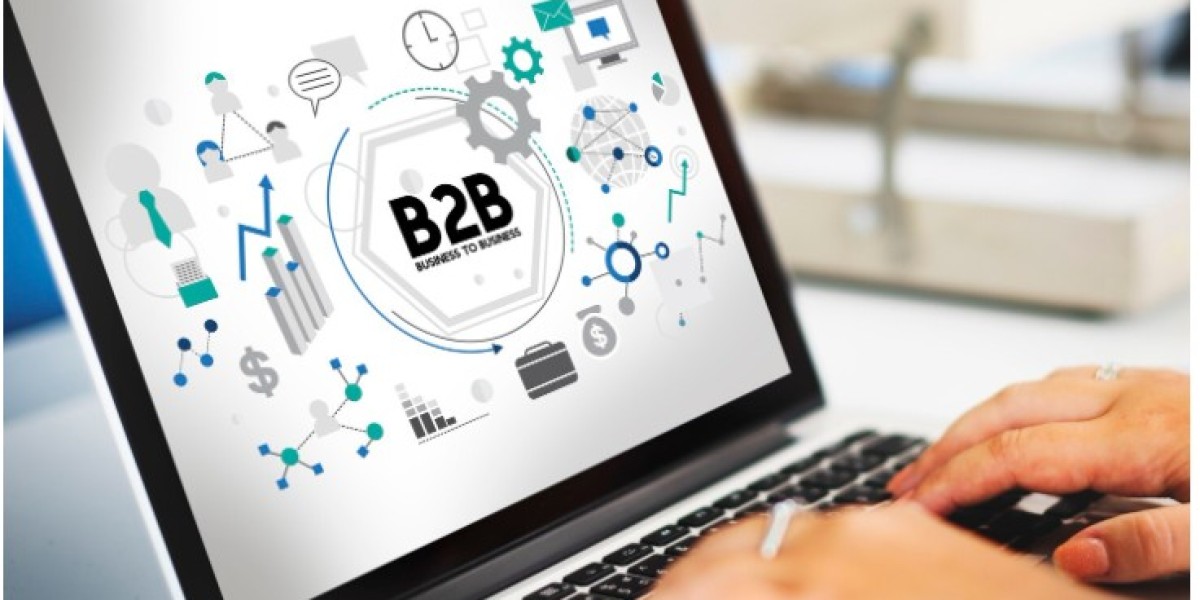The B2B commerce landscape is evolving, and businesses need flexible, high-performance solutions to stay competitive. Headless commerce has emerged as a powerful approach, enabling companies to deliver seamless buying experiences with faster catalog management and smoother integrations. For businesses looking to optimize their digital storefronts, Business Web Development Services can play a crucial role in implementing headless solutions that drive efficiency and growth.
What Is Headless Commerce?
Headless commerce decouples the front-end presentation layer from the back-end eCommerce functionality. Unlike traditional platforms where the front and back end are tightly connected, headless architecture allows businesses to customize the customer experience without being restricted by backend limitations.
For B2B companies, this means greater flexibility in managing product catalogs, integrating third-party tools, and delivering personalized buying experiences across multiple channels.
Benefits of Headless Commerce for B2B
1. Faster Catalog Management
B2B businesses often deal with large, complex product catalogs that require frequent updates. Traditional eCommerce platforms can slow down when handling thousands of SKUs, leading to delays in publishing changes.
With headless commerce, businesses can:
Update product information in real-time without affecting site performance.
Use APIs to pull data from multiple sources, ensuring consistency across all sales channels.
Implement dynamic pricing and bulk ordering features more efficiently.
2. Seamless Integrations
B2B operations rely on multiple systems—ERP, CRM, PIM, and payment gateways—to function smoothly. Traditional platforms often struggle with integrations, leading to data silos and inefficiencies.
Headless commerce simplifies this by:
Enabling API-driven connections with existing business tools.
Allowing custom workflows for order processing, inventory sync, and customer management.
Supporting scalable solutions that grow with business needs.
By leveraging Business Web Development Services, companies can ensure seamless integrations that enhance operational efficiency.
3. Improved Performance & Scalability
Slow-loading pages and system crashes can harm B2B sales, especially when buyers expect instant access to product details and pricing. Headless commerce improves performance by:
Reducing server load through optimized API calls.
Supporting progressive web apps (PWAs) for faster mobile experiences.
Scaling effortlessly during high-traffic periods without downtime.
4. Customized Buying Experiences
B2B buyers have unique needs, such as tiered pricing, custom catalogs, and bulk ordering. Headless commerce allows businesses to:
Tailor the purchasing journey for different buyer roles.
Implement self-service portals with personalized product recommendations.
Support multi-language and multi-currency transactions effortlessly.
Key Considerations When Adopting Headless Commerce
While headless commerce offers significant advantages, businesses must plan carefully to ensure a smooth transition:
Development Expertise – Building a headless setup requires skilled developers familiar with API-driven architectures. Partnering with experienced Business Web Development Services can streamline implementation.
Content Management – Since the front end is separate, businesses need a strong CMS or front-end framework to manage content effectively.
Ongoing Maintenance – Headless systems require continuous updates and monitoring to ensure optimal performance.
Final Thoughts
Headless commerce is transforming B2B sales by enabling faster catalog updates, seamless integrations, and superior customer experiences. Businesses that adopt this approach can stay ahead in a competitive market while improving operational efficiency.
For companies looking to transition to headless commerce, professional Business Web Development Services can provide the technical expertise needed to build a future-proof solution. By embracing headless architecture, B2B organizations can unlock greater flexibility, scalability, and performance—key drivers of long-term success.
Is your business ready to explore headless commerce? The right development strategy can make all the difference.








